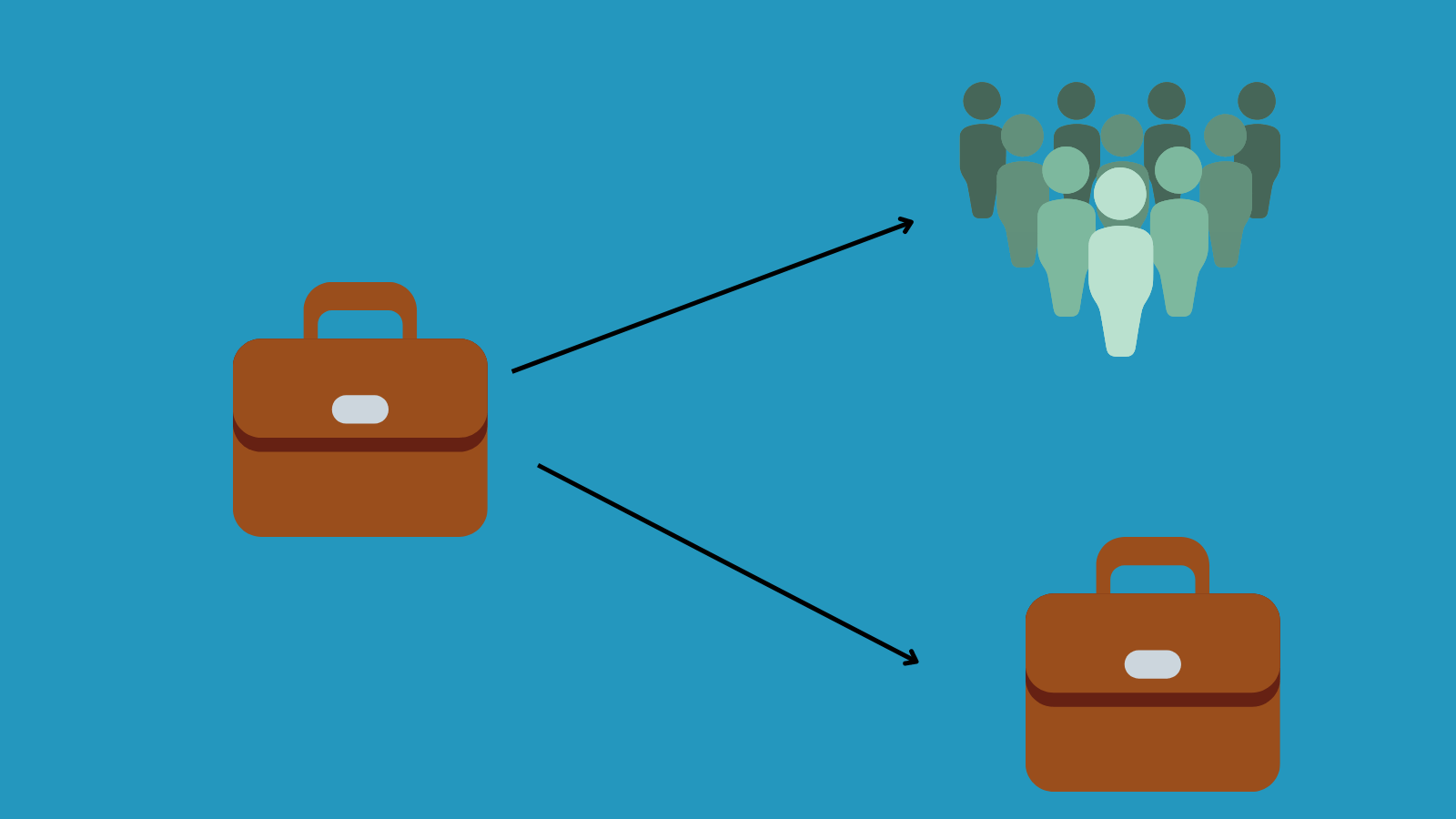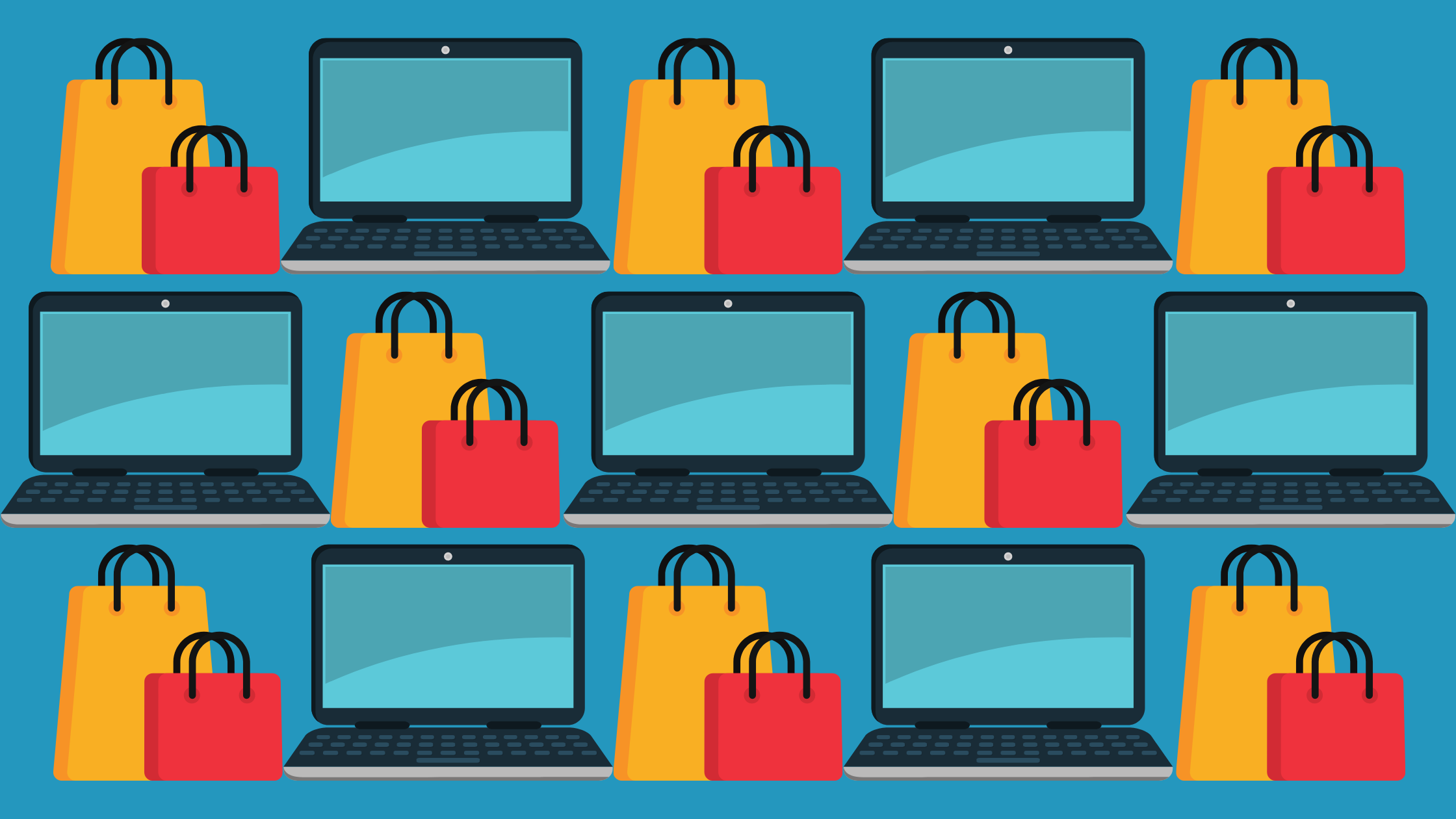The exciting world of e-commerce is growing and changing all the time. There are a myriad of ways business owners can get in on it, but no matter what you do, choosing and understanding your business model is essential for success. Here, we’ll break down the main types of business to market relationships and inventory and production methods. Then you’ll be on your way to creating a business plan.
E-commerce Business to Market Relationships
The broadest type of e-commerce business model is the relationship between the business and the market. Most businesses fall into one or more of these categories. Are you selling directly to consumers? To other businesses? To government entities?
B2C E-commerce – Business to consumer
B2C businesses sell to their end-user. The majority of businesses use the B2C model. Anything you buy in an online store as a consumer is part of a B2C transaction.
B2B E-commerce – Business to business
In the B2B model, a business sells its product or service to other businesses. This is often through exclusive contracts for repeat purchases and has a longer decision cycle than B2C businesses.
C2B E-commerce – Consumer to business
C2B businesses allow individuals to sell goods and services to companies Freelancer gig marketplace Upwork is an example of a business that uses the C2B model. This model is sometimes used to connect companies to social media influencers to market their products.Affiliate marketing services are also considered C2B.
C2C E-commerce – Consumer to consumer
Online marketplaces use the C2C model.These businesses don’t make their money from products themselves, but by charging transaction or listing fees. Craigslist, eBay, and similar online businesses were the early innovators of C2C e-commerce.
B2G/ B2A E-Commerce - Business to Government/Administration
The B2G/B2A model describes businesses whose sole clients are government or public administration entities.
B2B2C - Business to Business to Consumer
B2B2C e-commerce is when a business sells products to another business, and then that business sells the same products to the consumers.
This type of e-commerce business model involves three. Ecommerce store owners typically use this business model for new customer acquisition to reach customers who are familiar with the partner’s products but can’t get them for whatever reason. The business then closes that gap.

Top Ecommerce Business Model Examples
Dropshipping
Dropshipping is a growing business model in the ecommerce world. Dropshippers market and sell items fulfilled by a third party supplier, like AliExpress or Printful. When customers order an item, the manufacturer is the one who ships it to them. Shopify offers a free dropshipping workshop for beginners.
|
Pros |
Cons |
|
Low startup cost |
High competition |
|
Low risk |
Low margins |
|
Streamline sales |
Inventory syncing (back orders) |
Makers
Makers are sellers who make their own products and sell them at an online store or marketplace. It’s the obvious choice for crafting hobbyists looking to make a little side cash, but you may run into limits later on.
|
Pros |
Cons |
|
Low startup costs |
Time consuming |
|
Brand control |
Scalability |
|
Price control |
Limited product choices |
|
Quality control |
|
|
Agility |
Private Label and White Label
A private label product is created by a separate manufacturer and sold under a business’ name. The business maintains a great deal of control over what goes into the product and how it’s packaged and sold. A white label product is created by one manufacturer and sold to various retailers under their own brand names. The main difference is that private labeling is for unique products or variations on existing products and white labeling is for generic products.
|
Pros |
Cons |
|
Lowest cost per unit |
Minimum order quantities |
|
Brand control |
Trouble with manufacturers |
|
Price control |
Time to get up and running |
|
Quality control |
Wholesale
In a wholesaling arrangement, a supplier offers its product to sellers in bulk at a discount. Wholesaling is more commonly used with B2B businesses, but it can
|
Pros |
Cons |
|
Selling established products |
Product differentiation |
|
Brand familiarity |
Price control |
|
Inventory management |
|
|
Dealing with supply partners |
Print-on-Demand
Print-on-Demand (POD) is a popular business model for screen printing casual wear. It’s most commonly associated with T-shirts, but is used for other types of merchandise as well. Once an order is placed, the platform you use sends it directly to the nearest fulfillment center and ships the items out to your customers. Dropshipping time depends on fulfillment time and the shipping provider.
|
Pros |
Cons |
|
Create products quickly |
Less control over shipping |
|
Automated shipping |
Limited customization |
|
Lower cost upfront |
Digital Products
Web designers, content writers, digital artists, and more can create an e-commerce store around digital products.
|
Pros |
Cons |
|
Lower overhead costs |
High competition |
|
Scalability |
Piracy and theft |
|
Extensive product offerings |
Selling restrictions |
|
Good future outlook |
Direct to Consumer
The direct-to-consumer business model allows businesses to sell products directly to consumers, without wholesalers, third-party retailers, or other middlemen. And we’re not talking about the “exciting business opportunity” your high school classmate messaged you about. We’re talking about brands like Warby Parker, Barkbox, and Bonobos.
|
Pros |
Cons |
|
Own the customer relationship |
Costs of direct distribution |
|
Collect customer data |
No built-in audience |
|
Higher profits |
|
|
Get feedback faster |
Subscription Service
The subscription model used to be exclusive to things like magazines. Today, just about any industry can be a subscription.
|
Pros |
Cons |
|
Predictable revenue |
High risk of churn |
|
More cash on hand |
Varied products |
|
Loyal customers |
Small issues, big problems |
|
Easier cross-selling and upselling opportunities |
Choosing Your Ecommerce Business Model
Keep these questions in mind when you decide which business model works best for your e-commerce business:
- Who is your customer?
- What will be their expectations?
- What are you capable of?
- Can you manage inventory?
- What is best for your product?
- Which factors will you compete on?
- What is your positioning?
- How many options do you want to offer to customers?
- How conscious are you of the price of shipping?
- How much do you want to control the production of your product?
- How do you want to acquire your products?

How Sav Can Help
No matter which business model you use, you’ll need a beautiful, professional e-commerce website. We make it easy to build and promote your e-commerce site so you can focus on running your business. We can’t wait for you to build with us!
Newsletter
Popular
Top Articles
Recommended articles
How to Make a Media Kit
What is a Media Kit? A media kit, also known as a press kit, is a document that businesses give to journalists and media outlets before an...
Read moreWhat is Brand Voice? [And How to Create One]
What is Brand Voice? A brand voice is the unique personality a brand takes on in all of its communication channels. And it’s not just about...
Read moreA Beginner's Guide to the Product Development Process
What is Product Development? Product development is the process of creating a new product or updating an existing product from idea to...
Read more



